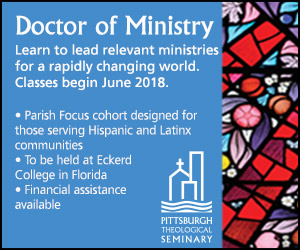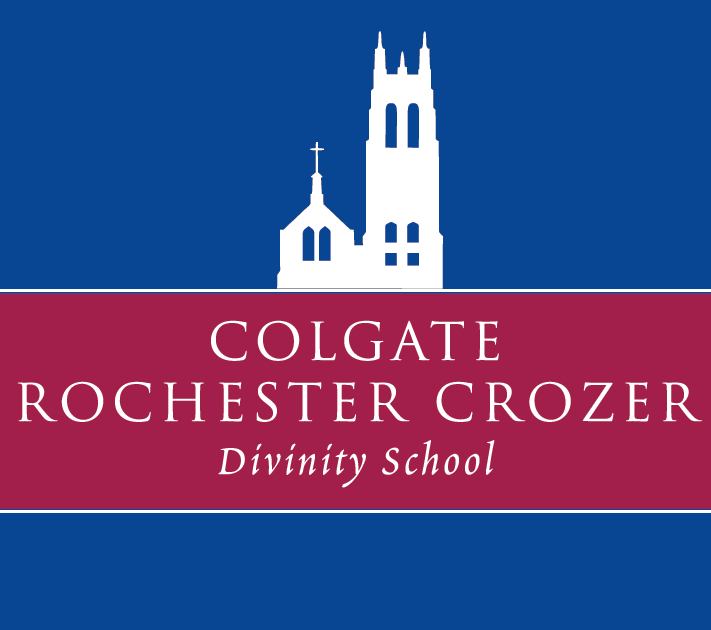By Rev. Wil Gafney, Ph.D.
I pay attention to the peopling of the world in the vision filmmakers. I want to know if there are people like me in their worlds, people of African descent, people of color. In Darren Aronofsky’s vision of Noah and his world I do not exist. People like me do not exist. Black, brown and beige people do not exist even though the story is the story of the destruction and re-peopling of the whole Earth. Noah and his family and all of his ancestors and even all the lost, dying, drowning people are white people. Adam and Eve glow with the light of innocence in their white skins. Ham, the ancestor of African peoples – at least according to the biblical text –has white skin and as a little boy, dark blue eyes. And that matters to me as a biblical scholar and seminary professor and, as a person of African descent whose ancestors were enslaved in the Americas, whose enslavement was justified in part on readings of the Scriptures that emerge from ancient Israel because these texts are also my scriptures.
As an origin story, the story of Noah and his sons and their descendants purports to tell the story of human diversity, many peoples of differing ethnicities descended from a single family, a common ancestor. There is an evolutionary equivalent. However on this planet, the first humans were African, all others derivative. Without other genetic material, the offspring of black and brown people can be lighter than their parents, but it doesn’t work the other way around.
Expecting an origin story, even a mythological one, to make some sense and correspond in some way to the world from which it emerges is not confusing scripture with science. While they are not incompatible, they are not the same. As a biblical scholar I want to remind readers and viewers that Genesis is a collection of sacred stories in the larger collection of Israel’s sacred stories including ancestral, origin and cosmological stories. Those texts and their stories were neither scientific methodologies – how to make a world in seven easy days if you don’t define a day as the earth’s 24 hour rotation because they thought the earth was flat and… – nor are they historical archives.
As a seminary professor I ask my students how the text is true. These mythological lifespans do not correspond with what we know about human beings, the archaeological or scientific record. They did not correspond to what the Israelites knew about their flat-earth world either. (The prelude to the Noah story in Genesis chapters 6-9 says that Noah is 500 years old when he fathers his sons. Gen 7:6 says that Noah was 600 years old when the flood began.) As origin stories the stories in Genesis preserved the cultural heritage of the people who would become Israelites, heritage that converged with and diverged from other ancient near eastern peoples with their own impossibly long-lived ancestors and their own flood stories.
The movie is an interpretation of the biblical narrative as are all readings, whether on film or not – including those that claim to be literal readings. As such, the movie is a midrash, in the tradition of classical Jewish exegesis. One aspect of midrash is filling in the spaces in the stories. We all do that to some degree. Putting the text on the screen requires filling out the story. Darren Aronofsky’s choices create a new interpretation of the story and that is neither a good nor a bad thing. That is the work of meaning making. And we all do it. For those fixated on the truth of the text, proving or disapproving the existence of Noah, the flood or God, I can’t help you. I’m not arguing either case. Nor, I think, is the movie. (Aronofsky speaks about his vision of the film here.) It is telling a story, a story of Noah, based of the biblical text.
The reduction of truth to literally true or not at all is a contemporary notion, like limiting biblical interpretation to literal readings (except maybe for parables). The truth is the biblical text uses a variety of genres, rhetoric and literary devices to communicate the truths of its messages (plural) through the lenses of its original speakers, writers, editors and those who preserved it. Beyond that, religious readers see the hand of God at work in differing ways. Some understand the text to have been dictated and copied unerringly and find their favorite English translation to be an exact rendering. Others find the hand – better breath – of God at work in each phase of the process including among those who hear, read and interpret as much as with those who spoke, remembered, repeated, recorded and translated.
The truth of the text is not in or limited to its literal reading even on the cases where the text is literally true. As a Christian the paradigm that helps me understand the richness and complexity of the text is the nature of Jesus, human and divine. The text is human and divine. The text is not, cannot be, more divine than Jesus. And like Jesus, the human parts cannot be easily listed as separate and distinct from the divine parts. To say that Jesus’ physical hunger was exclusively human is to reify the old dualism in which the body and all of its processes are somehow lower and lesser than the spirit and its processes. God becoming human, embodied, enfleshed, sanctifies our humanity, including our human bodies.
My black, woman’s body is a human body but it is not represented in Darren Aronofsky’s movie. No one in the whole wide world that he has created is black like me.
PS: Stay tuned for a specific review of the movie’s content in relation to the content of the books of Genesis and Enoch.
Rev.Wil Gafney is the Associate Professor of Biblical Hebrew and Jewish and Christian Scripture
Follow Rev. Wil Gafney, Ph.D. on Twitter: www.twitter.com/@WilGafney
Source: http://www.wilgafney.com/2014/03/28/black-like-me-erased-from-the-noah-movie/


















